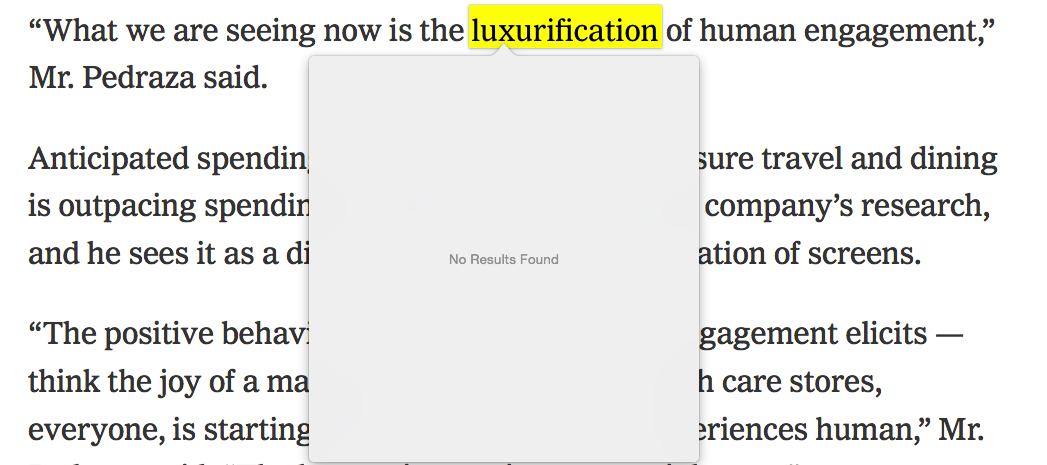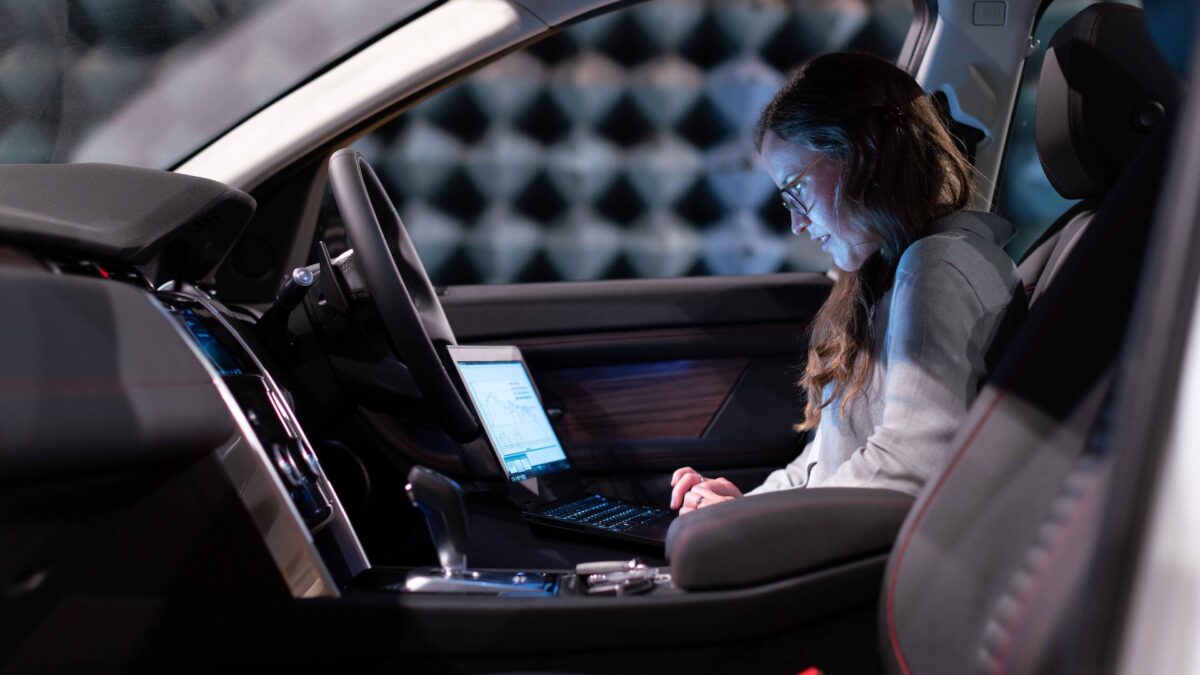
According to a recent New York Times article written by Nellie Bowles, human contact has become a bourgeois luxury. If that sentence didn’t send a ripple of anxiety down your spine, read it again. Now consider how, in Bowles’s words, experiences like “learning, living and dying” are, for our nation’s poor, “increasingly mediated by screens.”
Apparently, the wealthier among us are shunning technology for one simple reason: it’s become too popular. It isn’t the 1980s anymore. Busily checking your pager or personal computer doesn’t confer the air of superiority it once did.
Technology is ubiquitous, and everyone from hospital administrators to school superintendents has realized its ability to cut costs. Bowles’ article contains two examples that reflect this epiphany. First, a low-income resident in Lowell, Massachusetts used a digital cat to cope with loneliness. Second, school districts in Kansas and Utah have adopted tech initiatives causing students to spend most of their day “in silence on a laptop.”
The former anecdote is bizarrely heart-warming. It’s an example of how relationships with digitally domesticated animals can provide benefits like fewer emergency room visits, reduced levels of stress, and (I am not making this up) a renewed relationship with God. While this is oddly reminiscent of a typical Kurt Vonnegut short story, it’s comforting to know that some tech startups are making genuine efforts to help those in need.
An Aversion to Tech Signals Elitism
Schools, however—especially those in smaller towns with even smaller budgets—are a different story. Despite the general thrust of Bowles’ article, this newfound technological antipathy isn’t about money at all, but a desire for elite social status.
About a quarter of the way into her writing, Bowles invokes Milton Pedraza, chief executive of the Luxury Institute. Pedraza’s organization “advises companies on how the wealthiest want to live and spend,” and is now benefitting from what he calls “the luxurification of human engagement.” If you’re wondering what that means, don’t feel stupid, because the dictionary doesn’t know either.

In any case, the phrase suggests that the rich now view screen-time as a vulgar leisure activity, one offered to those who can’t afford anything else. To some, digital devices now smell like fast food. Over at Quillette, Clay Routledge has written about this phenomenon. Scores of other authors, researchers, and speakers have been desperately offering their advice on this topic to anyone willing to listen over the better part of the last decade.
Between Tristan Harris’ TED Talks, Adam Alter’s book “Irresistible,” Nicholas Carr’s “The Shallows: What The Internet Is Doing To Our Brains,” and anything published by Maryanne Wolf, plenty have prominently suggested that a life filled with tech-binging probably isn’t the healthiest. Here it’s worth dwelling on Pedraza’s closing statement, which explains in no uncertain terms why his business is booming: “the human is very important right now” (emphasis mine).
This CEO just implied that the only form of existence we’ve ever known (i.e., human) has suddenly become “very important,” or that at some undetermined point in our past, it was less significant. Obviously, it’s a ridiculous proposition and only slips into a New York Times op-ed because we happen to be standing athwart the most pervasive technological onslaught ever witnessed. What’s truly fascinating, however, is how Pedraza’s business survives by exploiting our innate desire for social class distinction.
Think about it: “the human” hasn’t ever ebbed in its relevance; what has changed is our perception of technology as an indicator of social class. No longer is it chic to send your child to a school with a 1:1 device initiative. Those who can afford the analog are paying for it, and the marketplace has responded with myriad, high-priced products that—in a brutally ironic twist—endow the consumer with superficial social and cultural clout.
De-Screening Isn’t Just for the Rich
It doesn’t have to be this way. Human activities like reading books and thinking deeply shouldn’t elicit “oohs” and “ahhs” at cocktail parties. Until recently, they didn’t. These new-fangled analog “partygoers,” to those on the outside, sound pretentious. To wit, the “hipsterization” of our most uniquely human pursuits is well underway.
As Bowles notes, “the rich have grown afraid of screens. They want their children to play with blocks, and tech-free private schools are booming.” What she fails to mention is that this demographic has grown overly credulous, and crafty entrepreneurs clamor to collect a profit.
Successful merchants in this arena are not providing sufficient information so consumers can make informed decisions. Instead, they’re encouraging fear of digitization, and widening the divide between those who can afford to unplug and those who cannot.
If reading the printed word and writing by hand are empirical net positives, shouldn’t all schools adopt programs that facilitate those tasks? Why are private schools in Silicon Valley abruptly pulling back from the technological abyss while poorer schools in Kansas are taking steps to do the exact opposite? Does an honest answer exist?
The Wealthy Shouldn’t Keep Analog Life to Themselves
Every educational administrator in the country has access to the current literature on this topic, and as Bowles acknowledges, the jury is in: “Most disturbingly, [recent research on brain development] is finding that the brains of children who spend a lot of time on screens are different. For some kids, there is premature thinning of their cerebral cortex. In adults, one study found an association between screen time and depression.”
None of this information is new, but when it’s repackaged as groundbreaking data, the rich line up with their wallets open. Everyone who lacks the power of choice waits passively to hear what the next fad will be. Since “hipster” movements have a knack for repulsing regular people, those of us who have been reading, writing, and opting for face-to-face conversations could soon, unfortunately, resemble the beanie-clad bohemian lugging a typewriter onto the subway.
The consequences here cannot be overstated. Information with the potential to guide the wise use of educational technology must not be commercialized. Since students at Waldorf are learning via curricula that emphasize interpersonal engagement, students from Kansas should be doing the same.
Basic human engagement should not warrant an exorbitant price tag. Right now, its most conspicuous customers are embracing elitist snobbery, leaving little product for those who need it most.









